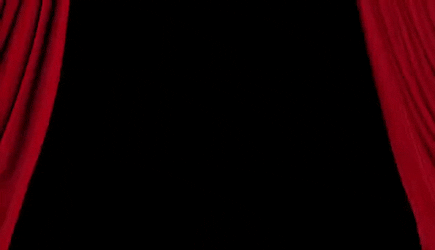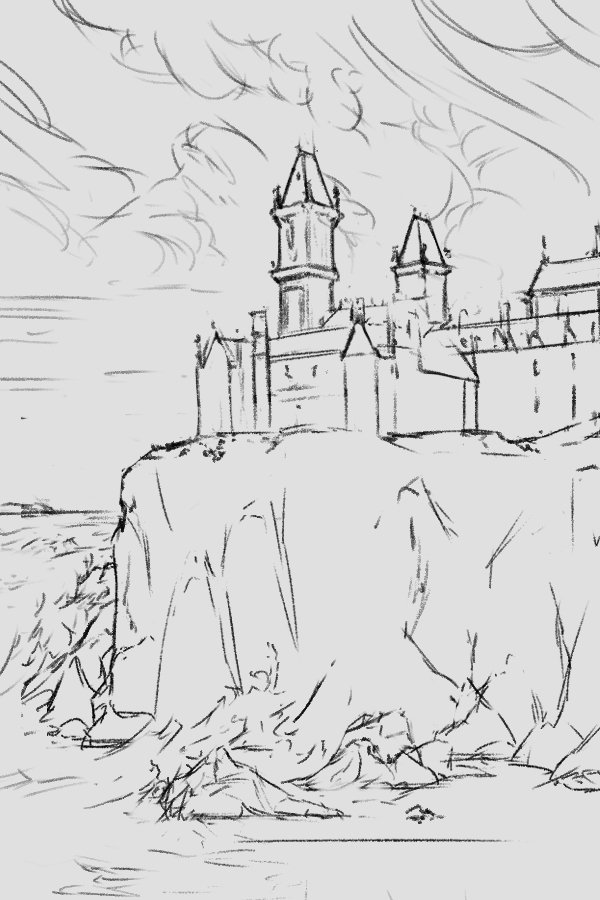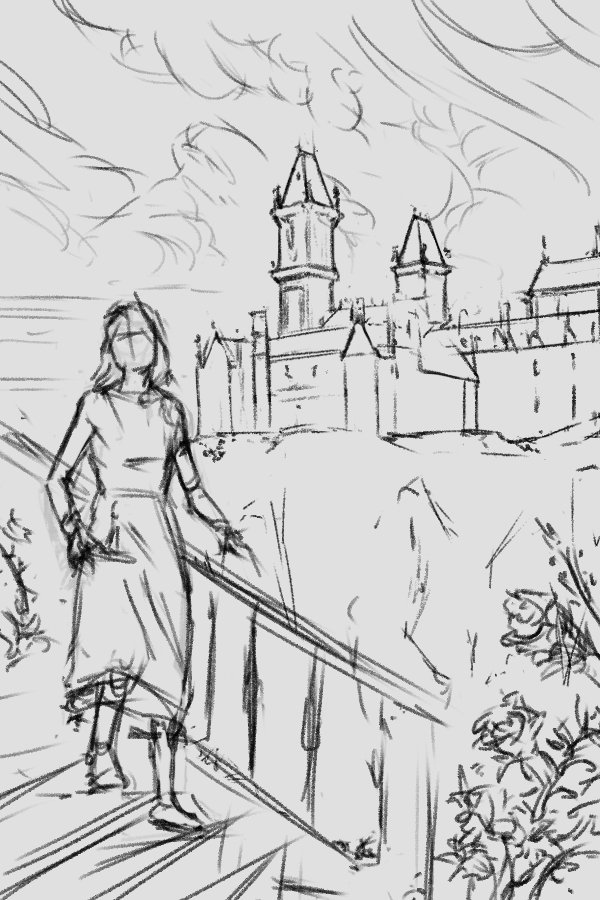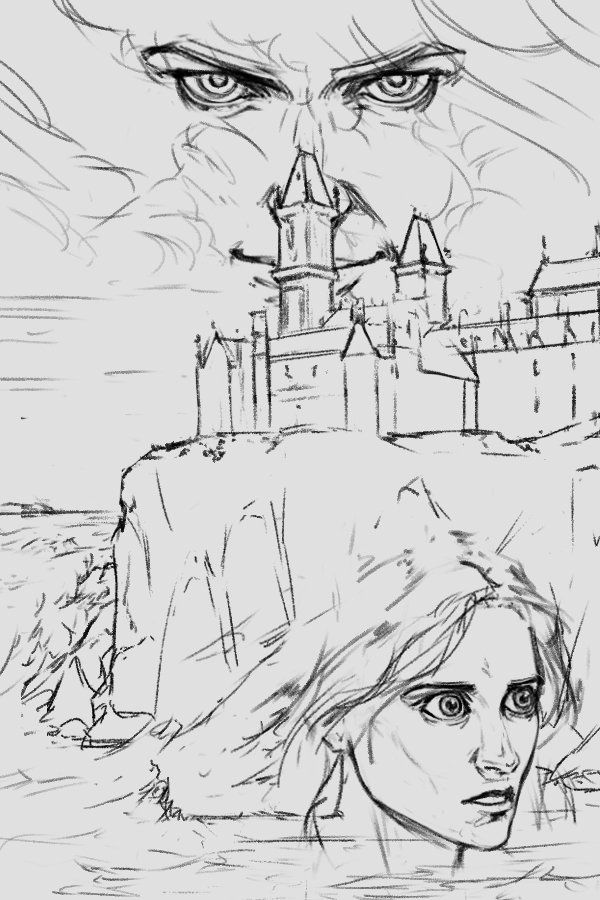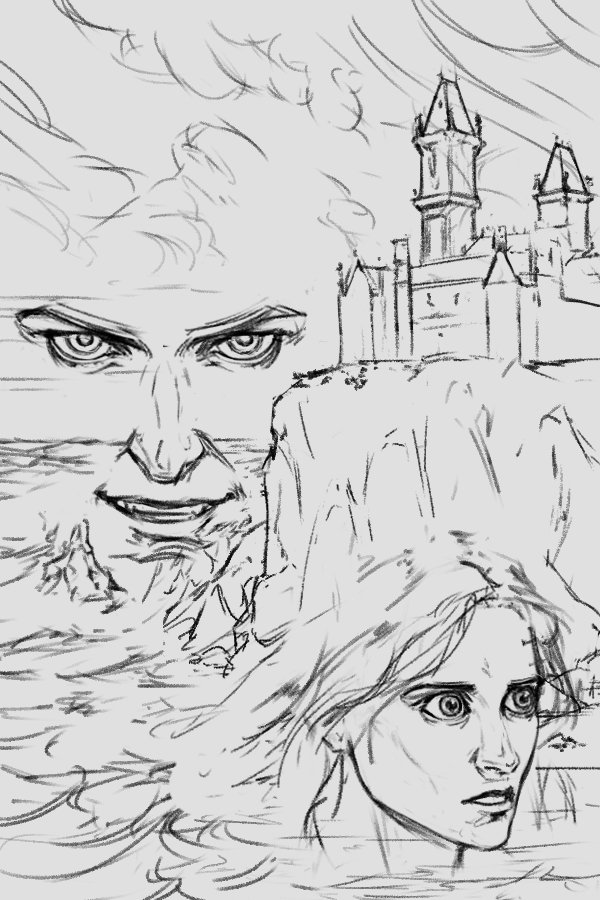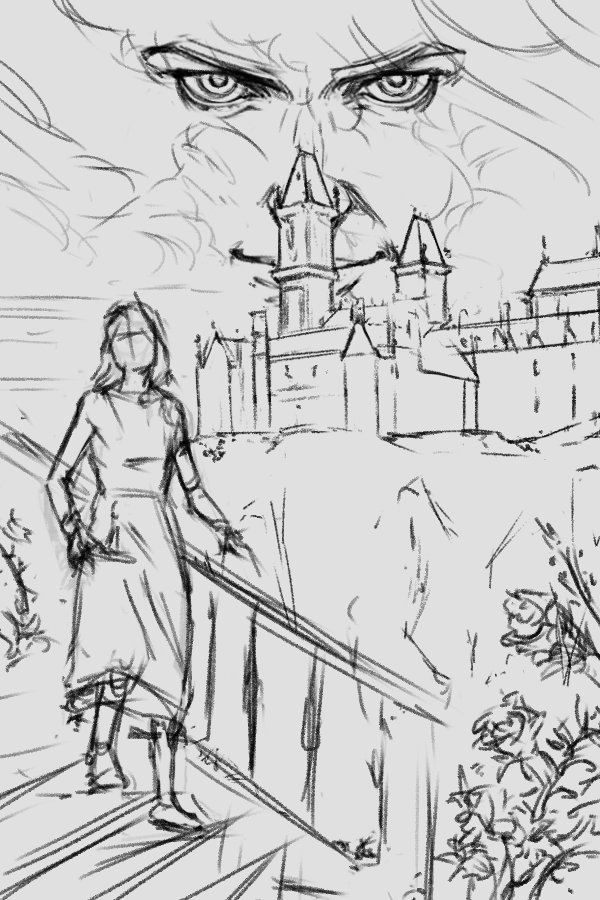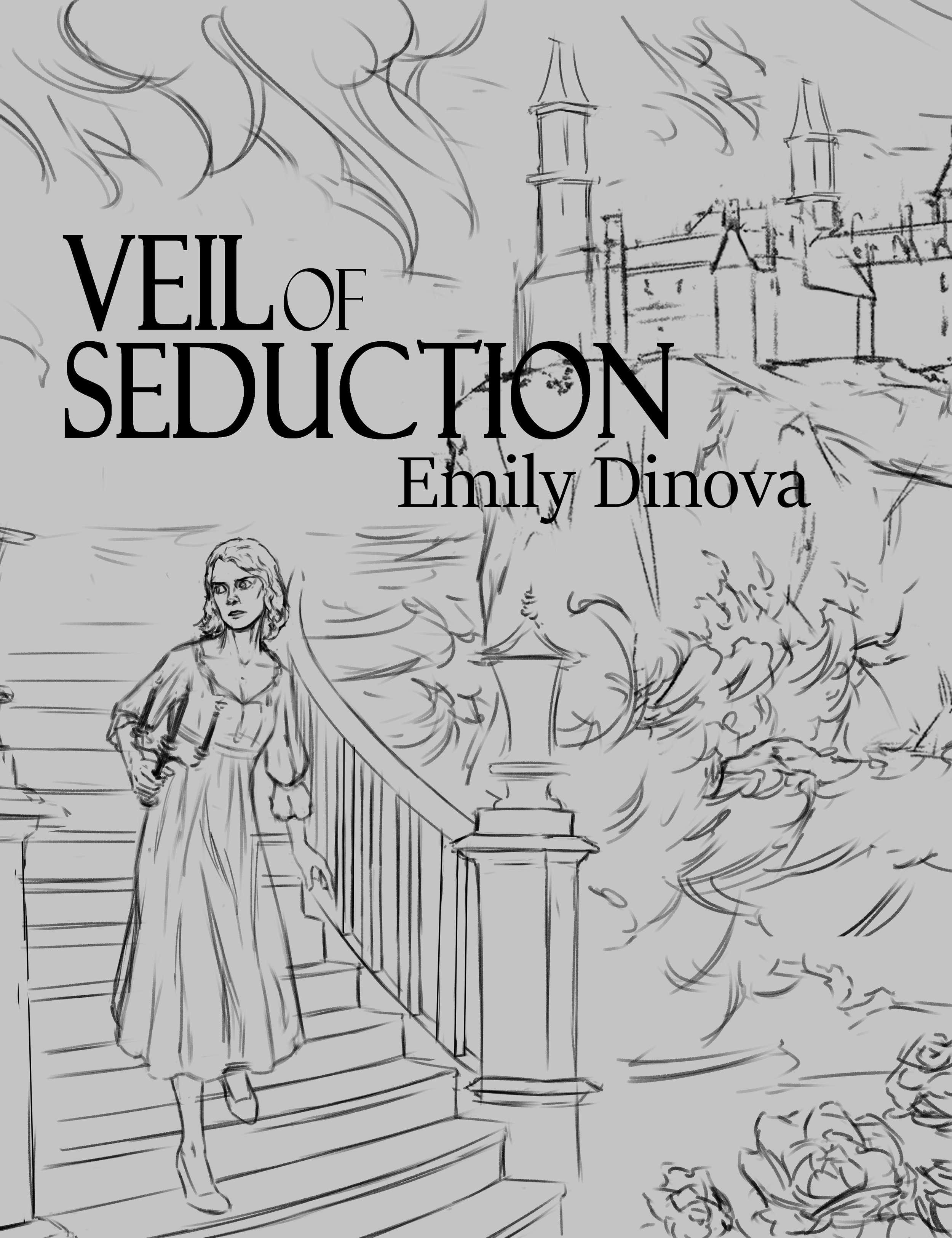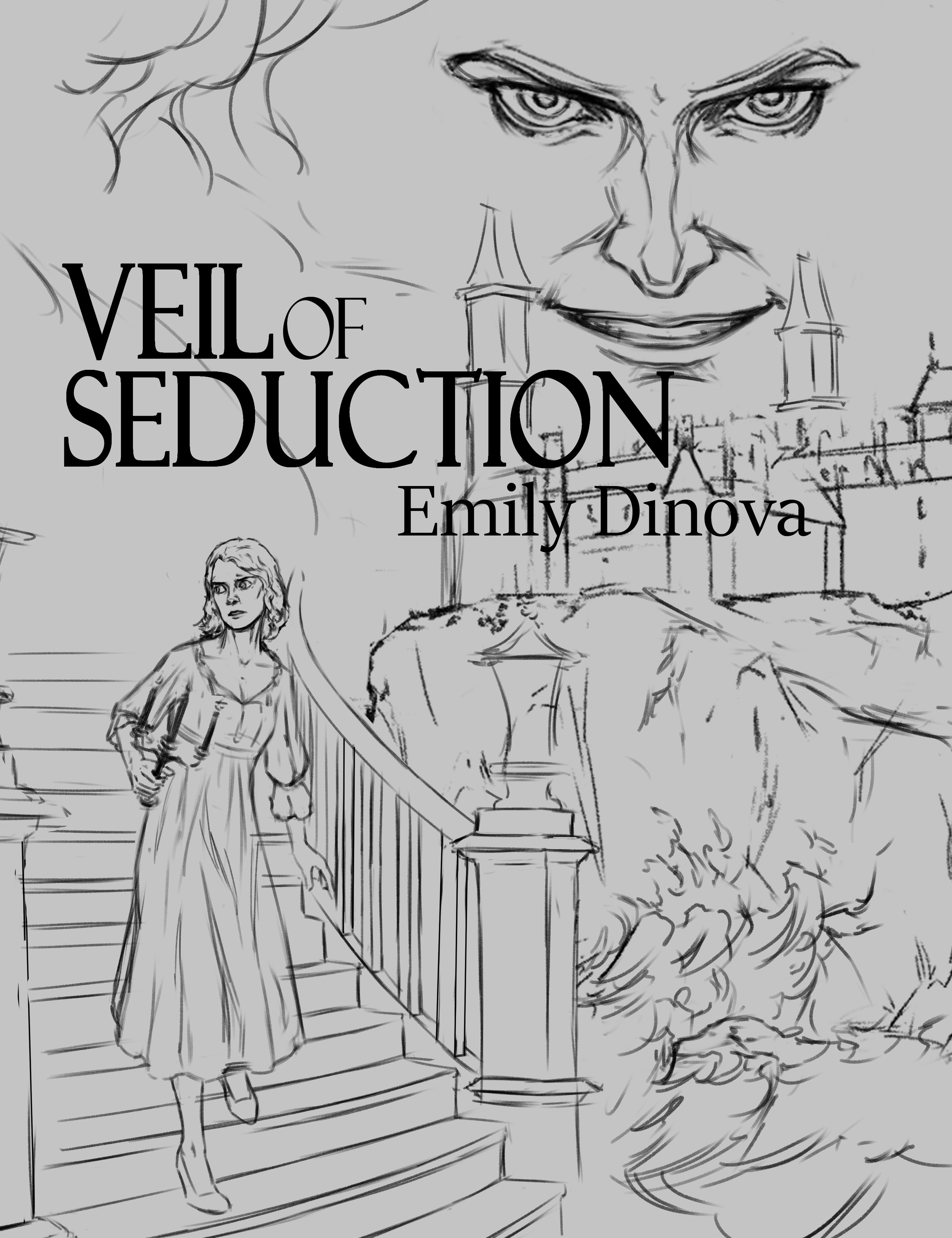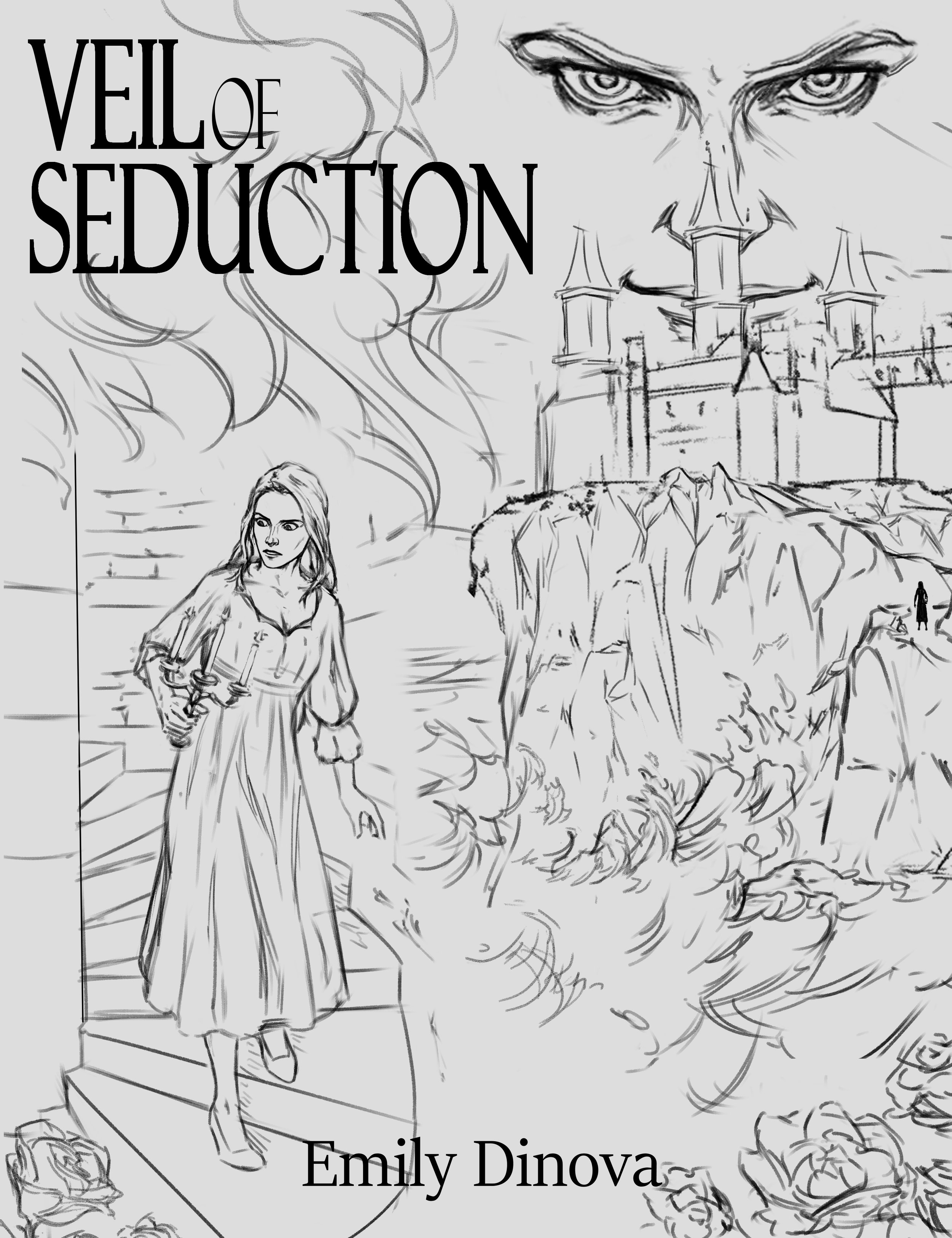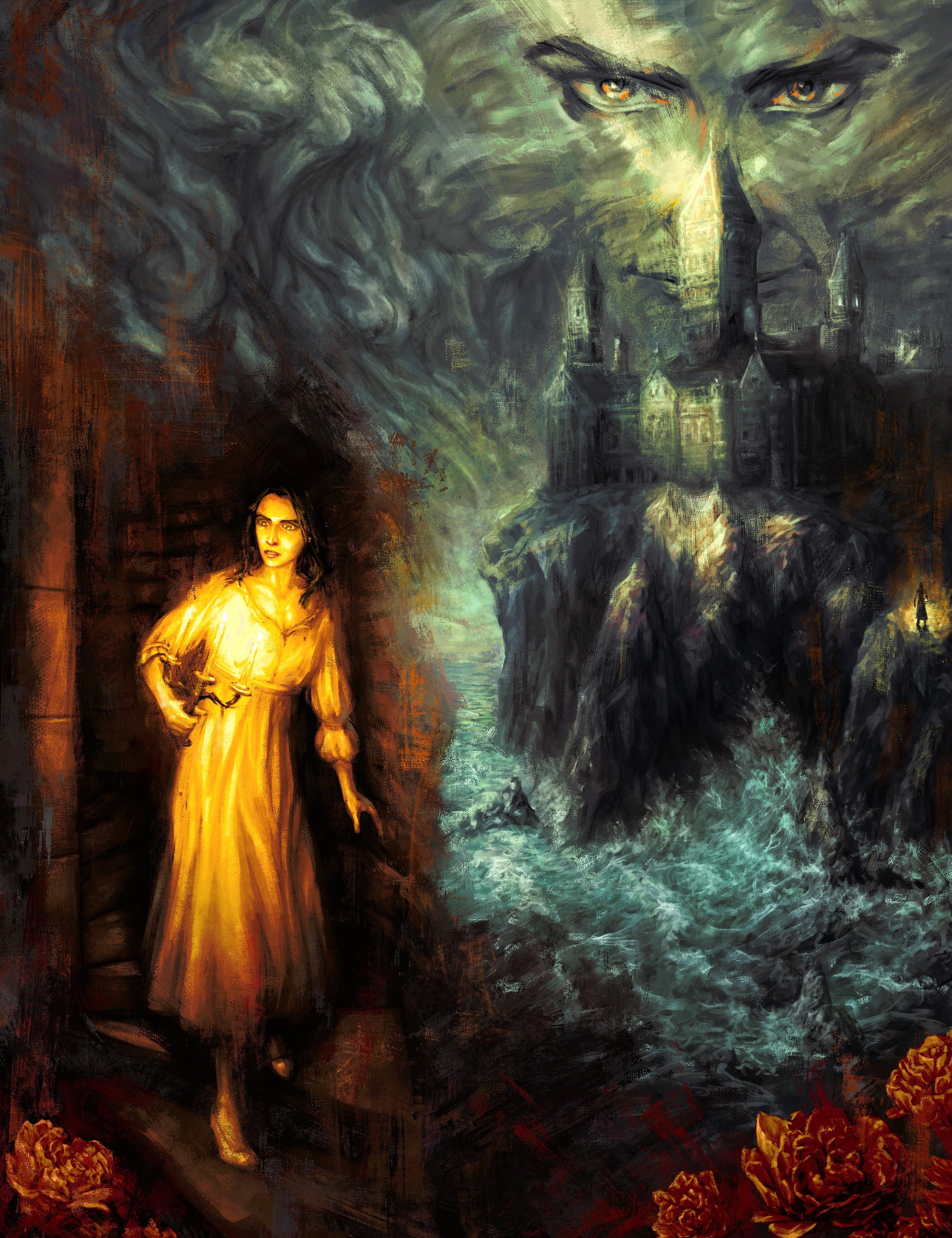Dear Multidisciplinary Artist,
Doing one thing was never my thing. As a kid, I would often do several activities at the same time; drawing while writing or recording myself on a tape recorder while I sang along with my Fisher Price record player (yup…I’m vintage). This could be considered just a little kid thing, you know, you’ll grow out of being interested in so many different things, you’ll find your niche, you’ll settle down eventually…but what happens when you don’t? What happens when you actually find yourself most connected to your art and the world around you when you are engaged in multiple disciplines simultaneously? Well, if you’re anything like me, you’ll spend quite some time (years) resisting the varied interests and instead try to find one discipline that checks all the boxes. Quick tip, friends: resistance of one’s truth is the clearest path to disappointment (I just made that shit up, but I stand by it).
My brother once asked me, “Don’t you think you could go a lot farther in life faster if you just focused on one thing?” Yes. The answer is yes, obviously, but I don’t do obvious, I don’t do easy, and I certainly don’t do subtle. For some inexplicable Taurean reason, if you tell me no, I tell you watch me. I come from a long line of teachers and artists of all kinds. Growing up, dinner conversations often revolved around theater, music, film, and art. It’s really no wonder that I ended up with the interests that I have. It’s their fault and I am very grateful.
Now let’s break down a timeless classic: impostor syndrome. By definition, impostor syndrome involves feelings of self-doubt and personal incompetence that persist despite your education, experience, and accomplishments. Ah yes, I can feel the low rumble of, “That’s me!” vibes and so I must ask: friends, why the hell do we do this? I’m not sure I know a single artist who hasn’t suffered from this at some point in their careers, if not consistently. How dare we think for a second that we can’t be successful at whatever we want do, and however we want do it?! This helps nothing and I demand we stop this immediately.
For as long as I can remember, I’ve had a love affair with the arts and the need for creativity. I’ll never forget the first Broadway play my dad ever took me to - Me And My Girl. I was five years old and completely in love. I am proud to say that I have been involved in the arts in some regard ever since. I am not so proud to say that there were plenty of times where I just gave up. I was different. It seemed like everyone else was very content with focusing on one medium. I reconsidered so many times. I would constantly make deals with myself, trying to make sense of this inexplicable desire to create and make art on multiple platforms. Why am I like this?! I’m a fraud who can’t decide on anything! I thought, maybe I’m not good enough at one thing, maybe I’m too scattered, or maybe I’m just simply and terribly wrong.
It wasn’t until the birth of my daughter, when I started to meditate on what wisdom I could actually dare to impart to this innocent little creature. How could I tell her to be proud of who she is if I was constantly disappointed in myself? How could I tell her to follow her dreams if I put mine on hold because I wasn’t sure I could do it? Once again, I felt like an impostor; a phony, a phony artist, a phony human, and I was over it. So I finally got the nerve to do the thing they teach you in Improv 101: SAY YES. Say yes to the challenges. Say yes to yourself. Yes, you can and will. It is definitely easier said than done, but let this serve as a reminder of the power of positive manifestation (don’t roll your eyes, that shit is real--try it!). As an artist, there really is little room for doubt in order to create art that can do what it is supposed to do: connect with others.
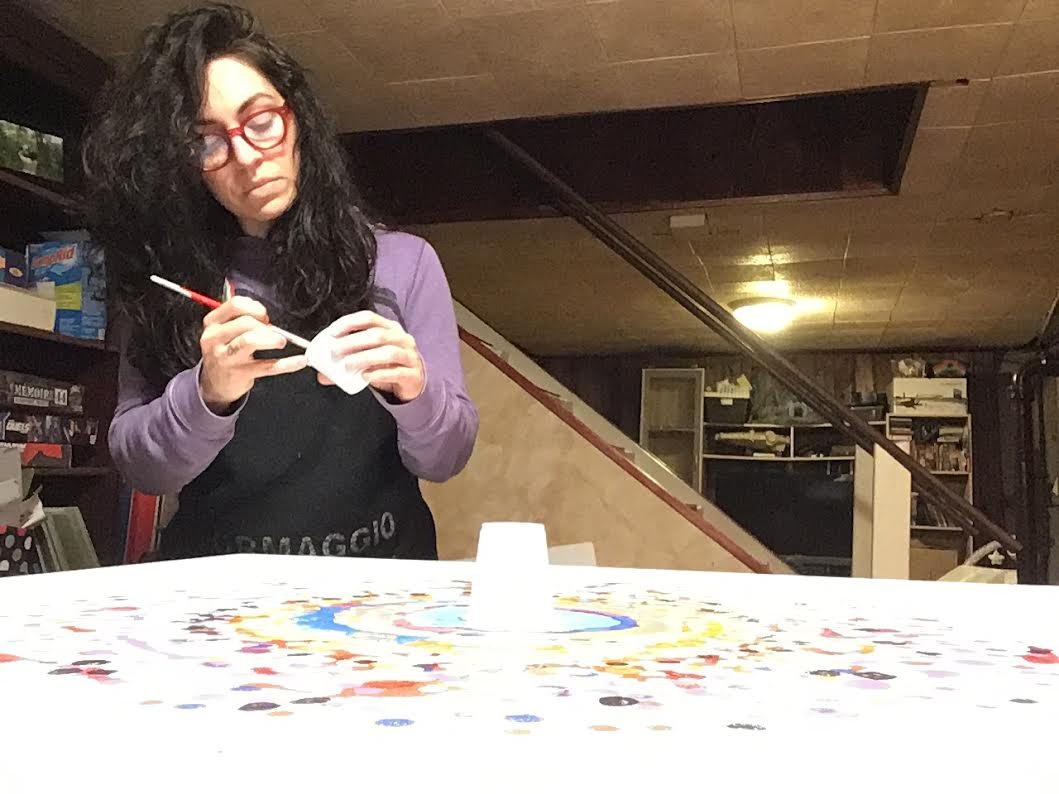
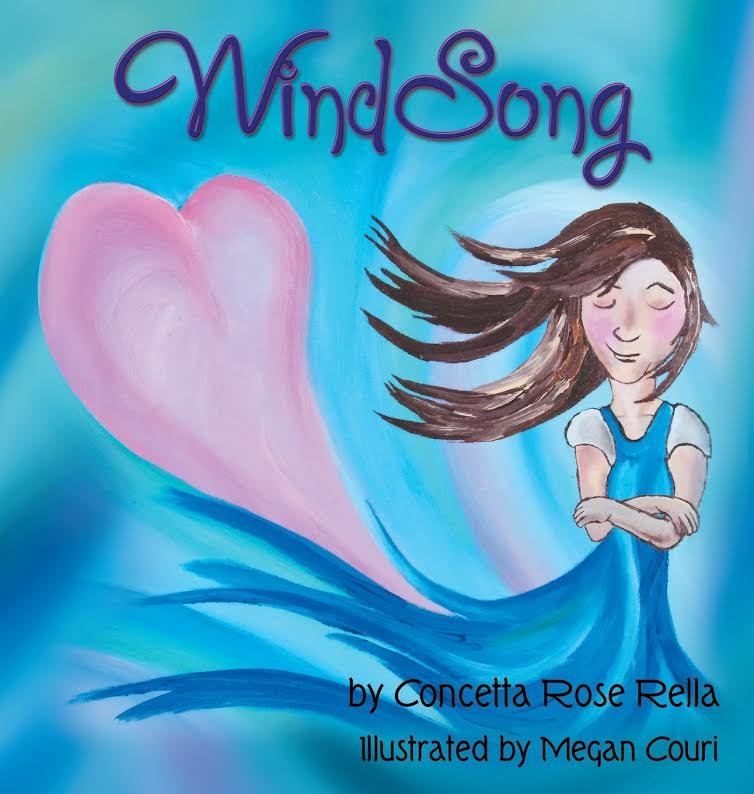

My least favorite question is, “What do you do?” How does one say, “I am a painter, an actress, a writer, a proofreader, a graphic designer, a store owner, a costume designer, and a makeup artist!” without sounding like I’m just completely full of shit? (I’m also a mom, but I haven’t figured out a way to charge for that). Even now as I write this...it’s a little cringey, I’m not gonna lie! However, once the self-judgment subsides, if I am fortunate enough to have the ability to accept multiple jobs and they don’t conflict, why wouldn’t I? (Especially if someone is willing to pay me for them, I mean…duh).
Besides that, it all actually works together! Multidisciplinary art combines several perspectives in order to create. If my goal is to connect with as many people as I can through my art, it makes sense to do that in as many different avenues as I can. I often find that the work flows most naturally when I am working on multiple platforms at once, as though they build off of each other, one inspiring the other. I’m convinced there’s some secret communication tucked away in the folds of our brains, just waiting for the right impetus to break free to create, but we can only access it if we give it the proper space. This is where multiple interests reign supreme! If I have a writing block, switching over to painting will often give my brain time to digest and vice versa.

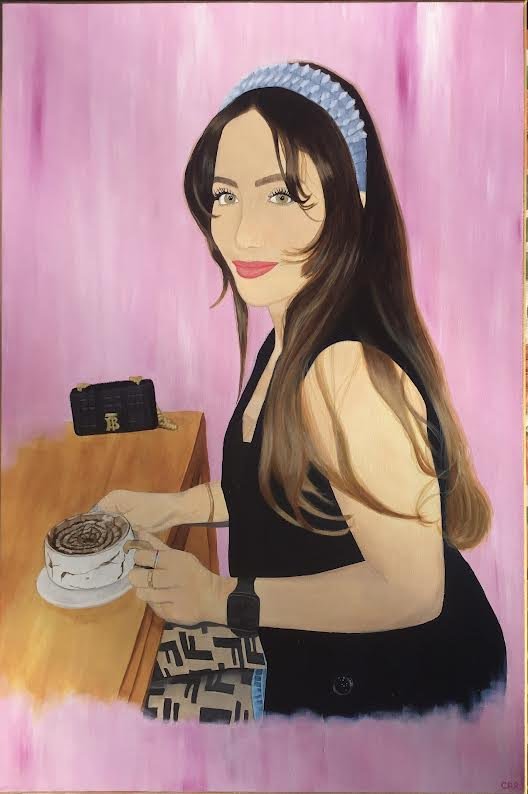
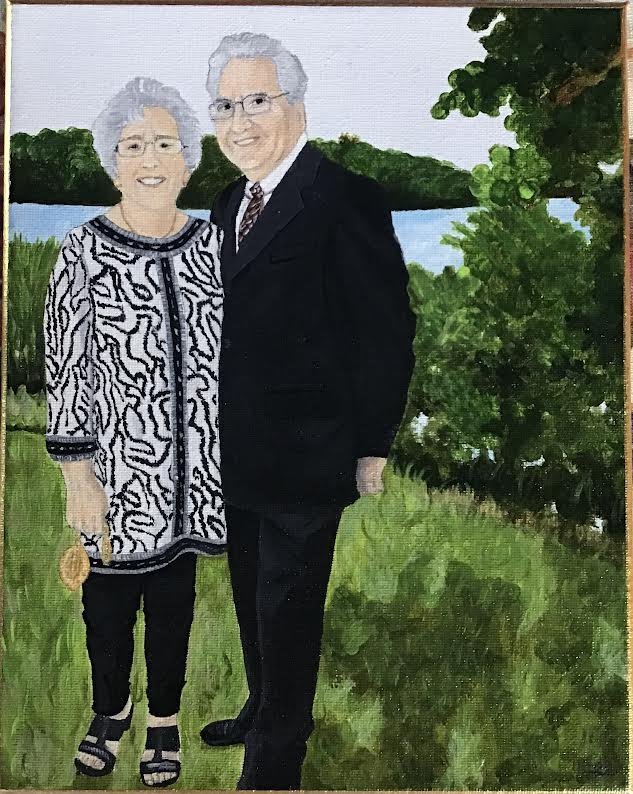
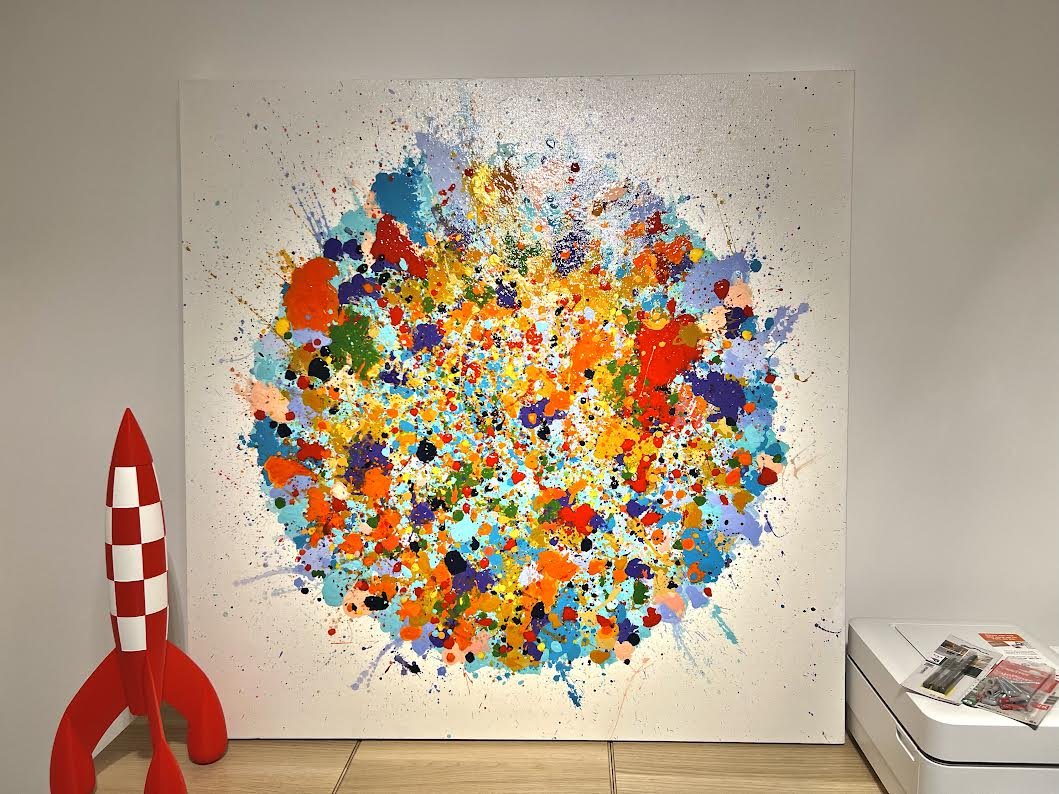
I do not mean to suggest that all artistic problems will be resolved by changing mediums or activities (I think that’s called procrastination…another problem for another blog). My point is: art is not something that has ever been made in a factory. It comes from another world completely, an invitation from the beyond to share some inner source of humanity, be it love, sorrow, or everything in-between. So why on earth would there be only one way to do it?
Although there was always space to share my ideas, I was still alone in this multi-career undertaking. No one in my circle was attempting this. There were no other paths to learn from or follow. I always thought I should have someone else to experience art with, but there is no “should.” Just like there is no right or wrong way to create art. The truth is, creativity and art are always communal. Even when it feels like you might be completely alone in your artistic endeavors, you’re not! That’s the whole point of art anyway, isn’t it? An expression of self to be shared with others, who can relate or learn or grow, for the betterment of humanity (or something like that, right?)
Ultimately, if you have a passion inside of you, if you want something that nobody else wants, and if you want it in a way that nobody else wants it, don’t doubt it. This is where the need to create comes from. You are not wrong or weird because of these inexplicable passions. They are gifts! I believe we have a responsibility to cultivate these gifts and share them with as many people as we possibly can. The best thing you can do for yourself is to recognize your natural talents and put them to work for yourself. The rest of the world may not understand you, but don’t let that slow you down! Move at the pace that works for you, not them. If they can’t keep up, so what? Nobody knows what the hell they’re doing anyway. Nobody. Have courage. Keep moving forward. Create what you want to create, the way you want to create it. If you make space for yourself, the world will follow suit. You’ll end up exactly where you’re supposed to be.
XO,
Concetta
Concetta Rose Rella is a mom, writer, artist, actress, graphic designer, and makeup artist. Recent credits include her play Moving Day, which was produced by Virtual Arts Productions and can be viewed on their website, virtualartsproductions.org. Concetta has recently been commissioned for three paintings internationally, to Belgium and England. This past month, Concetta co-starred in Five Flights, a short film by Kathleen Kaan; and, most notably, Concetta's daughter went on the big potty for very the first time.
G&E In Motion does not necessarily agree with the opinions of our guest bloggers. That would be boring and counterproductive. We have simply found the author’s thoughts to be interesting, intelligent, unique, insightful, and/or important. We may not agree on the words but we surely agree on their right to express them and proudly present this platform as a means to do so.
















